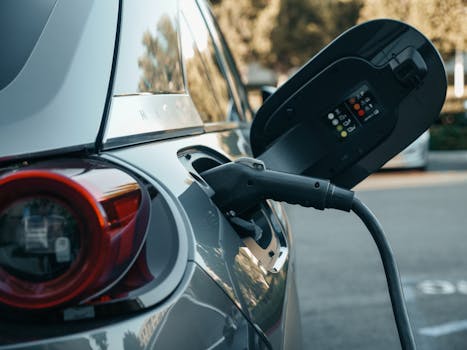
**
Tesla is aggressively expanding its ambitious robotaxi program, setting its sights on the sunny skies of Phoenix, Arizona. This strategic move places the electric vehicle giant directly in competition with Waymo, the established leader in autonomous vehicle technology, already operating a fully driverless robotaxi service in the city. The expansion marks a significant escalation in the race to dominate the burgeoning autonomous vehicle market, sparking excitement and raising crucial questions about safety, regulation, and the future of transportation.
Tesla's Phoenix Play: A Direct Challenge to Waymo's Dominance
Tesla's foray into Phoenix isn't merely an expansion; it's a targeted attack on Waymo's established territory. Phoenix, with its sprawling infrastructure, diverse driving conditions (including intense desert heat), and relatively advanced technological infrastructure, serves as an ideal testing ground and launchpad for autonomous vehicle technology. Waymo's years of operation in the city have provided valuable data and experience, making it a prime target for Tesla to challenge. This direct competition promises to accelerate innovation and potentially lead to significant advancements in self-driving technology.
The Advantages of the Phoenix Market for Robotaxi Services
Several factors make Phoenix particularly attractive for robotaxi deployments:
- Favorable Climate: The year-round sunshine provides consistent weather conditions for testing and operation, minimizing the impact of snow, ice, or heavy rain on autonomous driving systems.
- Extensive Road Network: Phoenix boasts a sprawling road network, offering diverse driving scenarios and ample opportunities to test the capabilities of autonomous vehicles in various situations.
- Growing Population and Tourism: The city's expanding population and robust tourism sector create a high demand for ride-sharing services, providing a ready market for robotaxi services.
- Supportive Regulatory Environment: While regulations are constantly evolving, Arizona has shown a relatively proactive approach towards autonomous vehicle testing and deployment, fostering a more conducive environment compared to some other states.
Tesla's Full Self-Driving (FSD) Beta: The Technology Behind the Expansion
Tesla's robotaxi ambitions rely heavily on its Full Self-Driving (FSD) Beta software. This advanced driver-assistance system, currently available to a limited number of Tesla owners as a subscription service, utilizes a combination of cameras, sensors, and neural networks to enable autonomous driving capabilities. While not yet considered fully autonomous in the strictest sense, FSD Beta's capabilities are constantly improving through machine learning and real-world data collection.
The deployment of FSD Beta in Phoenix represents a significant step towards Tesla's vision of a fully autonomous robotaxi network. However, significant hurdles remain, including:
- Edge Cases and Unpredictable Situations: Autonomous systems still struggle with unpredictable human behavior, unusual weather conditions, and complex traffic scenarios.
- Regulatory Hurdles: The regulatory landscape surrounding autonomous vehicles remains fluid, with varying regulations across different jurisdictions. Obtaining necessary permits and approvals for widespread robotaxi operation requires careful navigation of complex legal frameworks.
- Safety Concerns: Ensuring the safety of passengers and other road users is paramount. Public trust in autonomous vehicles will be crucial for widespread adoption, and any incidents or accidents can severely damage confidence.
Waymo's Established Presence: A Benchmark for Tesla
Waymo, a subsidiary of Alphabet (Google's parent company), has been operating its fully driverless robotaxi service in Phoenix for several years. This head start has allowed Waymo to accumulate a vast amount of data, refine its algorithms, and build a robust operational infrastructure. Waymo's experience serves as a valuable benchmark for Tesla, highlighting both the opportunities and challenges associated with operating a large-scale robotaxi service. The competition between the two companies will undoubtedly push both to innovate and improve their respective technologies.
The Future of Autonomous Vehicles in Phoenix and Beyond
The arrival of Tesla in the Phoenix robotaxi market marks a pivotal moment in the race to autonomous driving. The competition between Tesla and Waymo will drive innovation, leading to safer, more efficient, and potentially more affordable autonomous transportation. The success or failure of these deployments in Phoenix will have significant implications for the future of autonomous vehicles not only in Arizona, but nationwide and globally.
The expansion also highlights the growing importance of data collection and machine learning in the development of autonomous driving systems. The more data these systems collect in diverse environments, the more robust and reliable they become. Phoenix, with its unique characteristics, provides a valuable testing ground for improving these technologies.
Furthermore, the increased competition is likely to spur advancements in related technologies, such as high-definition mapping, sensor fusion, and edge computing, all essential components of a successful autonomous driving system. The coming years will undoubtedly see significant developments in the robotaxi sector, with Phoenix playing a central role in shaping the future of transportation. The race is on, and the eyes of the automotive world are on Arizona.



















